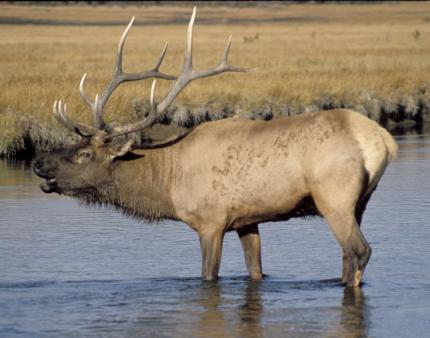
Hunting seasons in Washington are set through rule making. Annually, hunting season setting often includes relatively minor changes to seasons or permits, and response to emerging needs. Some hunting seasons are set on a three-year cycle to maintain continuity and work more efficiently through the rule making process. During the three-year season setting process, WDFW considers changes that are recommended by the public and Department staff. There are usually multiple opportunities for the public to provide feedback during three-year season setting, both while scoping and developing recommendations and during the formal process when WDFW presents their recommended season changes to the Fish and Wildlife Commission for consideration. Proposals that are considered by the Department usually fit within the guidance provided in the Game Management Plan (GMP), a planning document that provides guidance for rule making. The rule making process culminates with the Fish and Wildlife Commission setting seasons based on public input and staff recommendations.
How are big game hunting seasons set?
Washington's Big Game Hunting Seasons & Regulations pamphlet outlines the rules and procedures for hunters to follow each hunting season. The process of releasing the pamphlet involves several steps that must be executed efficiently and accurately to ensure as much hunting opportunity as possible is offered each year.
These steps are provided in the table below. Although specific dates may change in any given year, the time frame for each action is similar.
Annual Big Game Season Setting Process
The Washington Department of Fish and Wildlife monitors statewide population and harvest for big and small game, waterfowl, and migratory birds. Biologists release annual reports that summarize the status and trends of game populations in Washington.
Three-year season setting is an in-depth rulemaking process. The Department collects proposals for seasons both internally and externally and usually conducts two rounds of public comment on the proposals. The Fish and Wildlife Commission sets seasons based on public input and staff recommendations.
Annual season setting is rulemaking for minor season changes or due to emerging needs. The Fish and Wildlife Commission also sets these seasons based on public input and staff recommendations.
| Date | Tasks |
|---|---|
|
January 31 |
|
|
Early February |
|
|
Late February- Early March |
|
|
Early to mid- March |
|
|
Late March |
|
|
April |
|